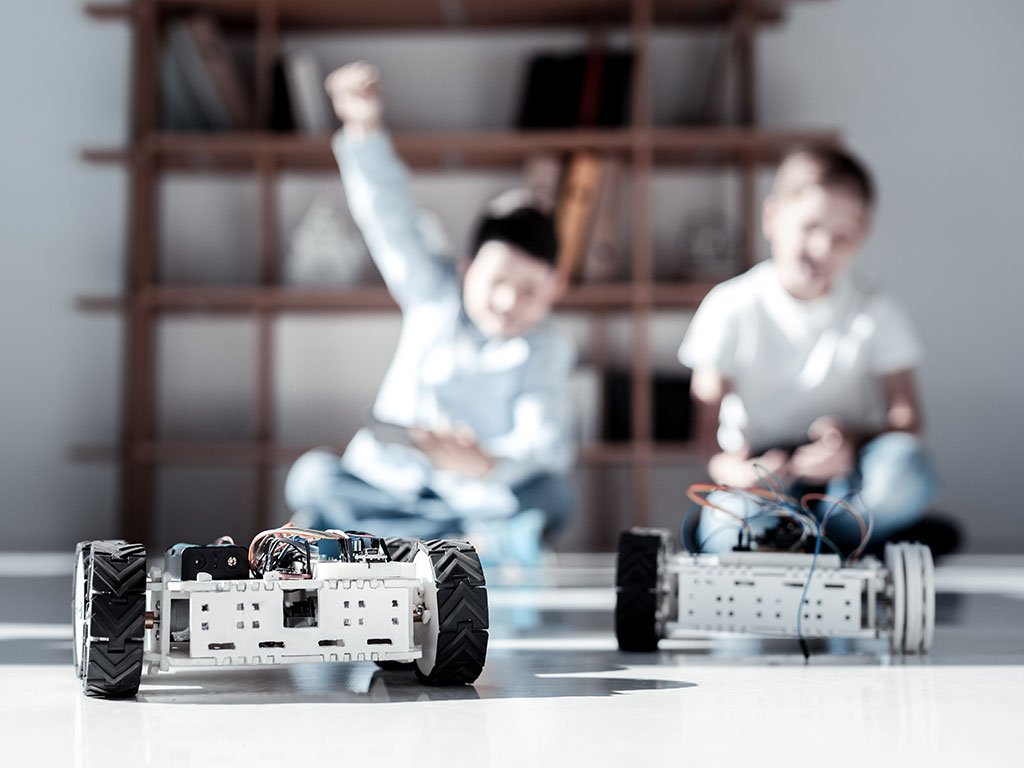Computer science education in early childhood is in high demand – but without enough teachers to tackle the problem, along with underrepresentation of gender and ethnic minorities in the STEM workforce, there remains a gap in this subject. A new project from IU School of Education faculty will help change that.
The project, “Implementing Mixed Reality for Inclusive and Embodied Learning Experience for Young Children,” will introduce children to computational thinking, which involves breaking down complex problems into manageable pieces, identifying steps and sequences to solve the problem and generalizing a solution to solve similar problems.
Kyungbin Kwon, Associate Professor of Instructional Systems Technology and principal investigator of the project, imagined that kids could communicate with a robot using symbols to find a path, as virtual objects were overlaid on a classroom floor, which became the main motive of the project. Besides Kwon, the project team includes IST Professor Thomas Brush and Mehmet Dalkilic, Professor of Computer Science with the Luddy School of Informatics, Computing and Engineering, along with Northern Illinois University colleagues Yanghee Kim and Jaejun Hwang.


